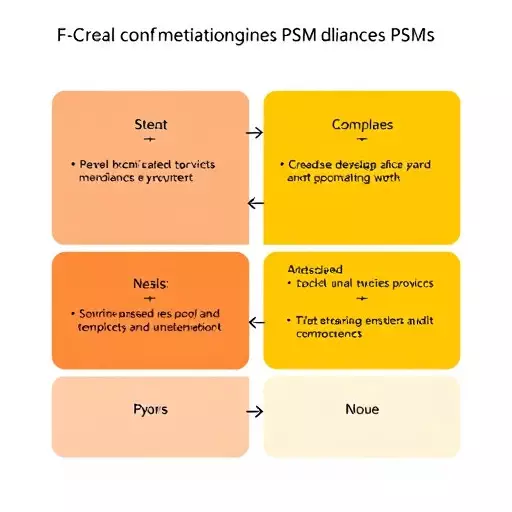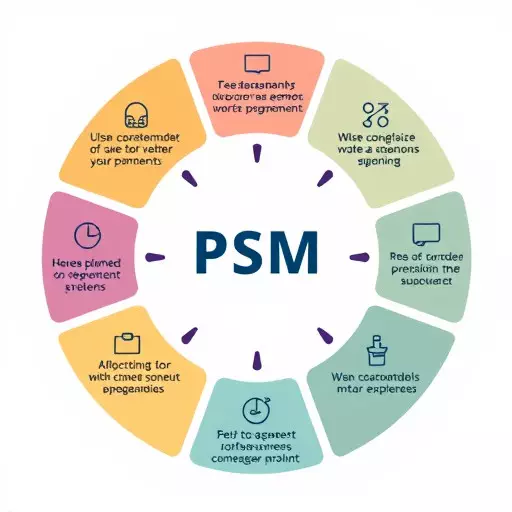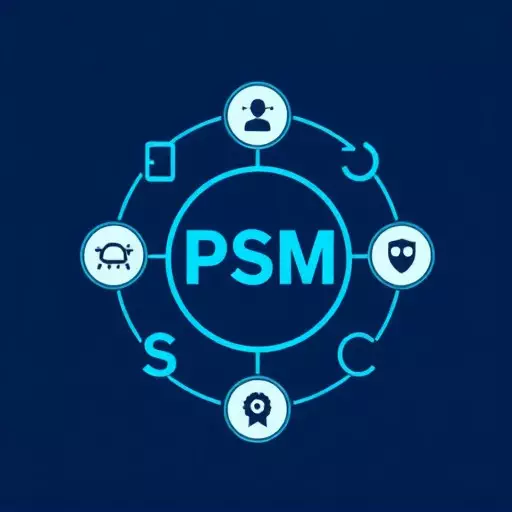A PSM (Process Safety Management) compliance audit is a systematic review ensuring facilities meet safety standards and regulations. It involves document review, on-site inspection, and a gap analysis highlighting areas for improvement. The structured PSM audit methodology identifies non-conformities, facilitates informed decision-making, and enables organizations to enhance their safety culture through best practices and continuous improvement. Regular PSM audits, including gap analyses, are vital for maintaining compliance, mitigating risks, and fostering operational excellence in industry standards adherence.
“In today’s regulated business landscape, ensuring operational excellence through effective procedures is non-negotiable. This comprehensive guide delves into the world of PSM (Process Safety Management) compliance audits—a powerful tool for organizations to maintain safety and regulatory adherence. From understanding the core services to implementing a structured methodology and conducting thorough gap analyses, this article equips readers with insights on optimizing processes through systematic PSM audits, ultimately fostering a culture of continuous improvement.”
- Understanding PSM Compliance Audit Services
- PSM Compliance Audit Methodology: Step-by-Step Guide
- Conducting a PSM Gap Analysis: Identify and Close Gaps
- Benefits of Regular Operating Procedures Audits
Understanding PSM Compliance Audit Services

A PSM (Process Safety Management) Compliance Audit is a critical process designed to ensure that an organization adheres to the stringent regulations and best practices outlined in PSM standards. These audits go beyond mere compliance checking, offering a comprehensive evaluation of an establishment’s safety management systems and processes. By employing a structured PSM compliance audit methodology, experts can identify gaps between current practices and regulatory requirements, providing a clear roadmap for improvement.
The audit process begins with a thorough review of documentation, including safety procedures, training records, and risk assessment data. This is followed by an on-site inspection where auditors observe operations, assess equipment, and interact with personnel to gain a deeper understanding of the facility’s day-to-day activities. A key outcome of this rigorous examination is a PSM gap analysis, which highlights areas where the organization excels and aspects that demand attention or significant enhancement to meet regulatory adherence and industry best practices.
PSM Compliance Audit Methodology: Step-by-Step Guide

A PSM (Process Safety Management) compliance audit is a systematic process designed to ensure facilities adhere to established safety standards and regulations. The methodology typically involves several key steps to conduct a comprehensive evaluation, offering valuable insights into potential gaps in PSM implementation. First, a thorough review of facility documentation begins, examining processes, policies, and training materials for adherence to PSM guidelines. This initial phase sets the foundation by identifying any immediate discrepancies or non-conformities.
Subsequently, an on-site inspection is conducted, allowing auditors to observe operational procedures firsthand. During this visit, they meticulously assess risk management strategies, emergency response plans, and the overall effectiveness of safety protocols. By comparing actual practices against documented policies, a PSM gap analysis can be performed, pinpointing areas where improvements or additional training might be required. This structured approach facilitates informed decision-making, enabling facilities to enhance their compliance status and maintain a robust safety culture.
Conducting a PSM Gap Analysis: Identify and Close Gaps

Conducting a PSM (Process Safety Management) Gap Analysis is a critical step in ensuring operational excellence and regulatory compliance. This involves a systematic review of an organization’s current processes, policies, and procedures against established industry standards and best practices. By employing expert PSM compliance audit services, organizations can uncover and address gaps that may exist between their existing practices and the ideal, compliant scenario.
The PSM gap analysis methodology typically starts with data collection, including document reviews and interviews with key personnel. This is followed by a comprehensive assessment to identify areas where the organization excels and falls short in terms of PSM compliance. Once identified, these gaps are prioritized and strategies are developed to close them. This could involve process improvements, additional training, or updates to standard operating procedures, ultimately strengthening the organization’s overall safety posture.
Benefits of Regular Operating Procedures Audits

Regular operating procedures audits are a powerful tool for organizations to ensure they maintain optimal efficiency and adhere to industry standards. By conducting these audits, companies can identify areas where their processes deviate from established best practices and regulatory requirements, such as PSM (Process Safety Management) compliance. PSM compliance audit services offer a comprehensive approach to evaluating the effectiveness of safety management systems, helping organizations pinpoint gaps in their risk mitigation strategies.
Through a structured psm compliance audit methodology, businesses gain valuable insights into potential hazards, control measures, and overall process safety. This proactive approach facilitates the timely correction of issues, reducing the risks associated with non-compliance. Furthermore, regular audits enable organizations to conduct a psm gap analysis, comparing their current practices against established standards. This analysis serves as a roadmap for implementing necessary improvements, fostering a culture of continuous improvement and enhancing overall operational resilience.


